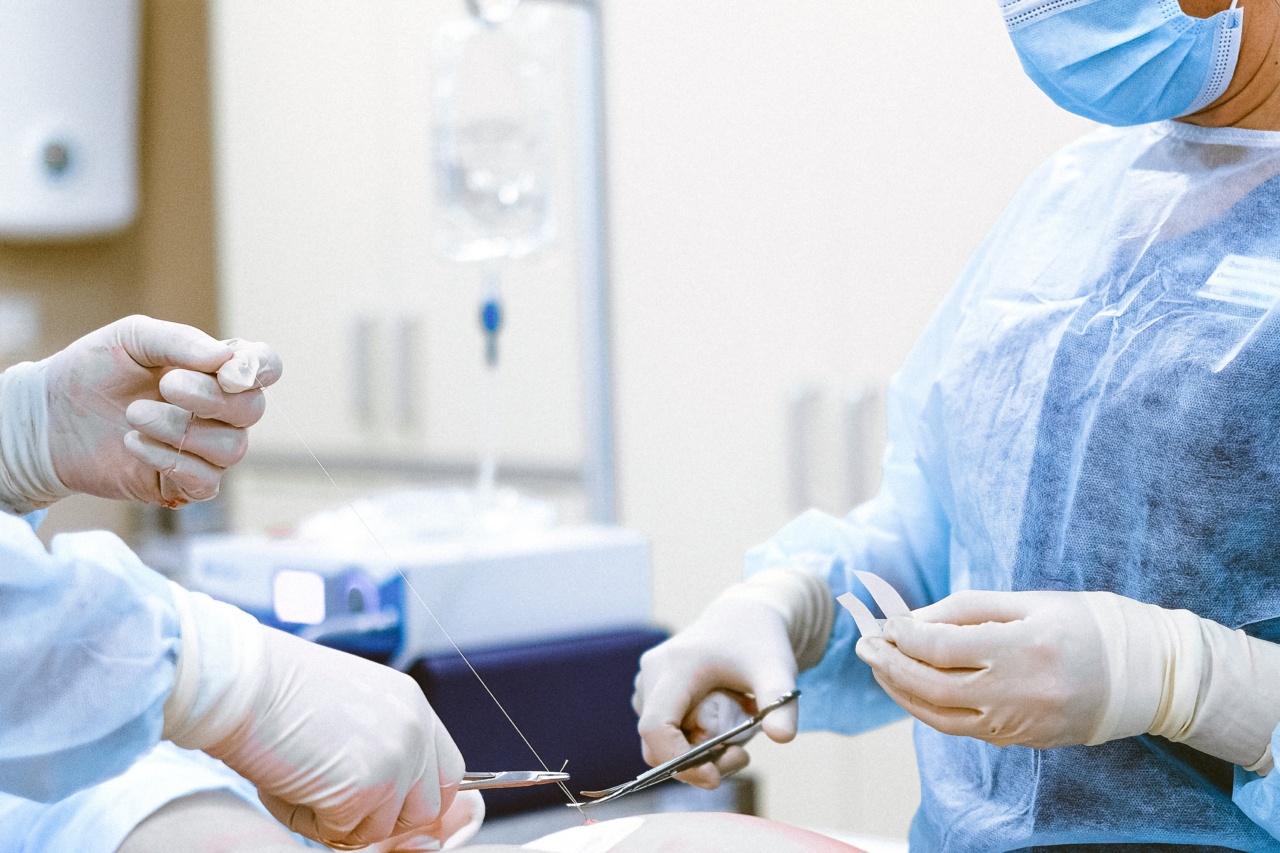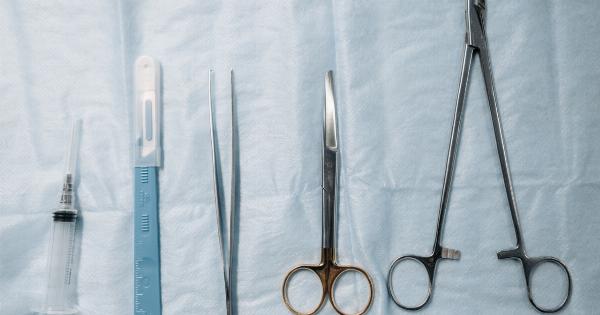Gynecomastia is a common condition characterized by the enlargement of breast tissue in males. It can cause significant physical and psychological distress, affecting self-confidence and body image.
In this comprehensive guide, we will explore the causes, symptoms, diagnosis, treatment options, and recovery process for gynecomastia. As a plastic surgery expert, I have extensive experience in dealing with this condition and will provide valuable insights throughout this article.
What is Gynecomastia?
Gynecomastia refers to the abnormal growth of breast tissue in males. It often results in the appearance of enlarged breasts or breast-like glands. This condition can occur at any age but is most commonly seen during puberty and middle-aged to older men.
Causes of Gynecomastia
Several factors contribute to the development of gynecomastia, including hormonal imbalances, medications, underlying medical conditions, and lifestyle factors.
Hormonal imbalances, specifically an increase in estrogen levels or a decrease in testosterone levels, play a significant role in the development of gynecomastia. Some medical conditions that can cause gynecomastia include liver disease, kidney disease, and certain types of tumors.
Symptoms and Signs
The primary symptom of gynecomastia is the enlargement of breast tissue. It may be present in one or both breasts and can vary in size. Other signs include tenderness or pain in the breasts, nipple discharge, and a feeling of firmness in the breast area.
It is crucial to consult with a healthcare professional to determine if these symptoms are indicative of gynecomastia or any other underlying condition.
Diagnosis
Diagnosing gynecomastia typically involves a comprehensive medical history review, physical examination, and additional tests if necessary.
During the physical examination, the healthcare professional will evaluate the size and symmetry of the breasts, assess the surrounding tissues, and check for any abnormal signs. Additional tests, such as hormonal blood tests, mammograms, or ultrasound, may be conducted to rule out other potential causes of breast enlargement.
Treatment Options
The treatment approach for gynecomastia depends on the underlying cause, the severity of the condition, and the individual’s preferences. In some cases, gynecomastia may resolve on its own without any intervention.
However, if the condition persists or causes significant discomfort, a variety of treatment options are available.
1. Medications: Hormone therapy, such as selective estrogen receptor modulators (SERMs) or aromatase inhibitors, may be prescribed to regulate hormone levels and reduce breast tissue growth.
These medications can be effective in certain cases, but their use should be carefully monitored by a healthcare professional.
2. Surgery: In cases where gynecomastia is severe or persistent, surgical intervention may be necessary. The two most common surgical procedures for gynecomastia are liposuction and mastectomy.
Liposuction involves the removal of excess fat, while mastectomy focuses on removing glandular tissue. These procedures can be performed alone or in combination, depending on the specific needs of the patient.
3. Lifestyle Changes: In some cases, making certain lifestyle changes can help manage gynecomastia.
This may include adopting a healthy diet, engaging in regular exercise, maintaining a healthy weight, and avoiding substances that may contribute to hormonal imbalances, such as alcohol or recreational drugs.
Recovery Process
The recovery process following gynecomastia treatment will vary depending on the type of intervention performed. Following surgery, patients may experience mild to moderate discomfort, swelling, and bruising.
It is essential to follow the post-operative instructions provided by the plastic surgeon, including wearing compression garments and attending follow-up appointments. Most individuals can return to their normal activities within a week or two, but strenuous exercise should be avoided for a few weeks until the healing process is complete.
Potential Complications
Although rare, there are potential complications associated with gynecomastia treatment, as with any surgical procedure. These can include infection, adverse reactions to anesthesia, changes in nipple or breast sensation, scarring, and asymmetry.
It is crucial to discuss these risks with a trusted plastic surgeon before undergoing any treatment.
Psychological Impact
Gynecomastia can have a significant psychological impact on individuals, often leading to low self-esteem, body image issues, and social withdrawal.
It is essential to address the psychological aspect of gynecomastia and seek support from healthcare professionals, support groups, or therapists specialized in body dysmorphic disorders.
Conclusion
Gynecomastia is a common condition that can cause physical and psychological distress. Understanding the causes, symptoms, diagnosis, and available treatment options is crucial for those affected by this condition.
Whether through non-surgical approaches or surgical interventions, consulting with a plastic surgery expert can provide valuable guidance and personalized treatment plans to address gynecomastia effectively.





























